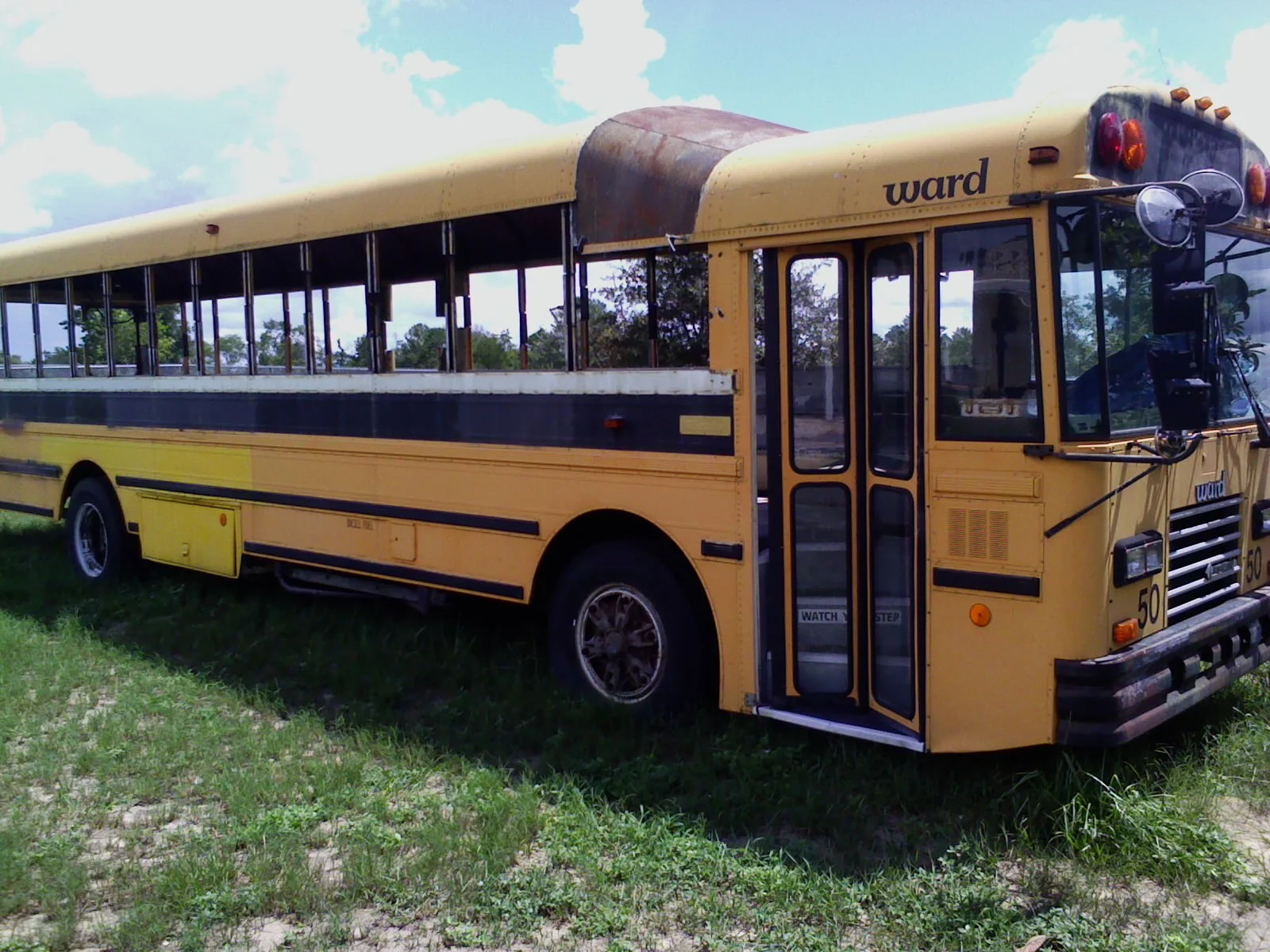Planning a Skoolie and Picking a Bus
In mid-November 2017 I arrived home from a year abroad in Turkey. I’m an Air Force Officer and following the attempted Turkish military coup amid tensions with the so-called Islamic State, we were prohibited from leaving the base. This was incredibly frustrating, but it allowed me a full year to plan the purchase, design, and build of a Skoolie.
Early on, I decided what my list of requirements was for the tiny house. In the planning stage, even simple things need to be included. My abbreviated requirements list is as follows:
2 Queen Size beds, Shower, TV Area, Kitchen,
Ability to primitive camp for at least 1 week. Solar and Water dependent.
Fully road-mobile bus that can also tow a car.
Habitable in severe cold and heat. AirCon and Wood Fire stove installed.
I found a 1992 Ward Senator being sold on skoolie.net, a forum for skoolie conversion projects. The roof raise was a plus, and had already been completed when I arrived. I landed stateside and took off the next day for Orlando, where the bus was being sold. First, however, a little history on the bus:
Ward is a bus company that no longer exists. Ward was a mid-priced bus manufacturer that around 1992 was bought out by International. My bus was made during the transition period, which is evidenced by the International engine within. The Senator was a model that was the high-end model of their lineup. The Ward Senator sports a 7.3L Turbocharged Diesel with an Alison 466 transmission. Originally from a Kentucky mountain town, this bus carried the band and also sports 4 storage compartments under the bus.
There are three types of buses: Dog-nose buses, transit (flat face), and transit pushers (flat face, engine in the rear). I picked a standard transit for a few reasons. Dog nose buses are the easiest when it comes to engine maintenance. This is a really nice feature to have, but due to federal requirements, school buses are limited to 40’ in total length. With the nose sticking out 5’ to the front, I lose 5’ x 8’ of space inside the bus. A transit bus like mine has a shorter wheel base and thus a tighter turning radius, while still allowing me the maximum amount of useable space. A pusher is the hardest when it comes maintenance, but it certainly allows for the absolute maximum amount of usable space inside the bus. For my planning, a standard transit was best and it also allowed for a rear emergency exit from what will eventually be the rear-bedroom. I have a usable 35’ x 8’ area within my bus and I intend to use every inch!
Just After the Roof Raise. Oct 2017

